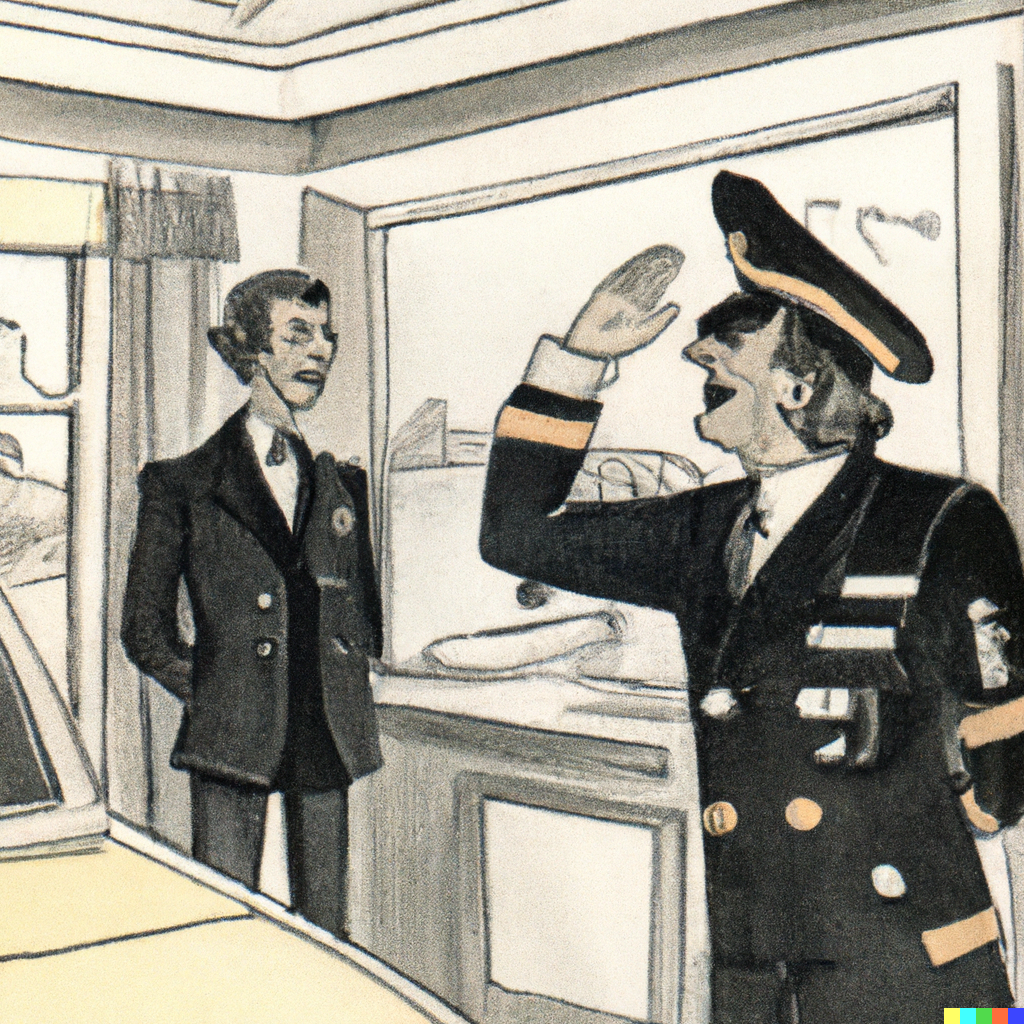
BPRA – Introduction
The Court of Appeal recently heard an appeal by London Luton Hotel BPRA Property Fund LLP. The case is the latest chapter in the long haul case concerning the availability of a capital allowance for converting a former flight training center near London Luton Airport into a hotel.
This hearing marks the first Court of Appeal case to evaluate the application of the Business Premises Renovation Allowance (BPRA), and the decision will impact other open HMRC enquiries and tax cases in this area.
As such, the judgement will be eagerly awaited.
What is BPRA?
The BPRA is one of several capital allowances available for property transactions.
Introduced in April 2007, BPRA was designed to encourage investment in derelict or unused properties in disadvantaged areas. Ultimately, to encourage developers to bring them back into use.
The legislation provided for a 100% capital allowance for qualifying expenses on relevant premises, such as building work, architectural and engineering services, and planning applications and fees.
The allowance was withdrawn in 2017 for corporation tax and income tax.
Background to the case
In the case, the LLP entity engaged a property developer to convert a flight training centre into a 124-room Ramada Encore hotel. It paid the sum of £12.5 million for the developer’s services.
The LLP claimed BPRA on that sum in its tax return.
However, HMRC believed that only part of the claimed sum qualified for BPRA. As such, it reduced the claim by £5 million.
The dispute centered around whether the sum claimed was indeed expenditure on, or in connection with, the conversion, renovation, or repair of the property.
The FTT and UTT decisions
The First-tier Tribunal (FTT) rejected the LLP’s argument that the sum paid to the developer qualified under BPRA as a whole. The FTT held that the constituent elements of the expenditure had to be considered individually.
The Upper Tribunal (“UTT”) reversed some of the FTT’s findings, focusing on the LLP’s expenditure and what it incurred. The relevant question, as summarized by the taxpayer’s counsel, was, “What did the LLP get for its money?”.
The UTT held that the LLP did not simply get an obligation to carry out the construction works but a series of specific obligations, which had to be considered separately to determine whether they qualified for BPRA.
Court of Appeal’s judgement
The Court of Appeal’s judgment is eagerly awaited. However, that said it will be of historical import as BPRA was withdrawn in 2017. However, the decision will be relevant to any open HMRC enquiries and cases related to BPRA.
The judgment will also be of wider interest to those dealing with capital allowances disputes. This is because such matters often which often turn on whether expenditure was incurred on or for a particular purpose.
BPRA – Conclusion
The tribunal’s approach implies that separate obligations under a contract cannot be wrapped up and considered as a single obligation owed to and paid for by the claimant.
Each element must be examined separately based on the specific contract’s terms to determine whether it qualifies for the allowance.
The Court of Appeal’s approach will also interest those who have invested in similar schemes that may not produce the advertised tax reliefs due to the schemes’ structure.
If you have any queries about this article regarding this article on BPRA, or tax matters in general, then please do get in touch.
